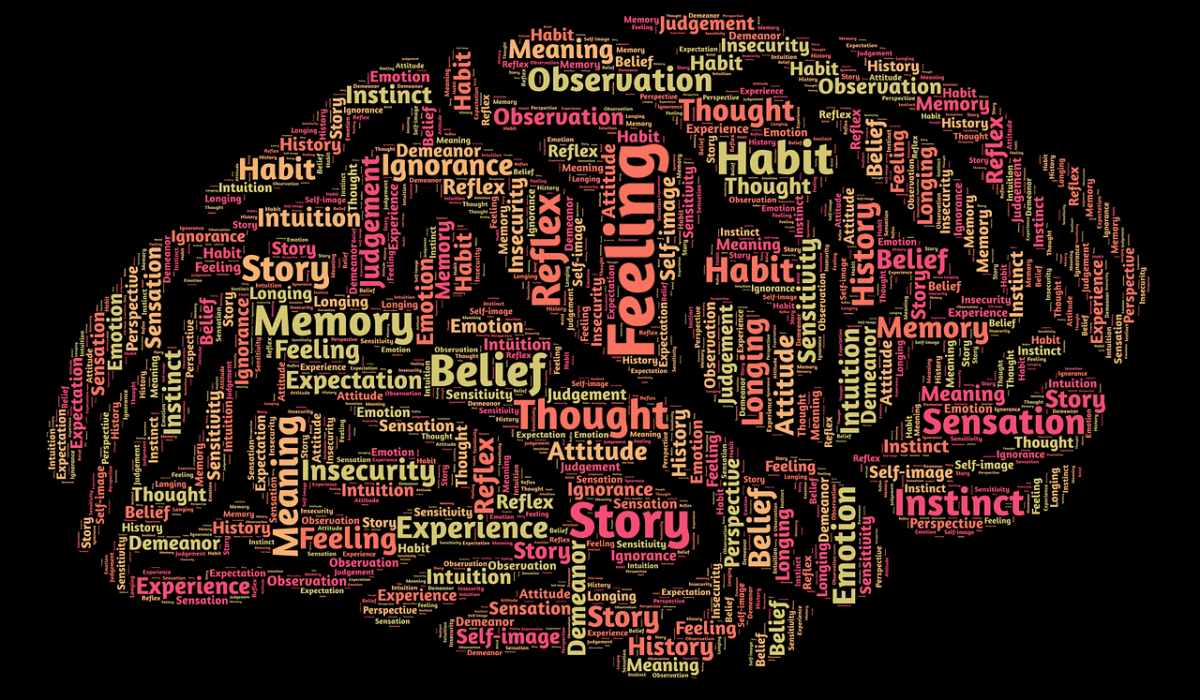
Decoding the Amygdala’s Role in the Perplexing World of OCD
While minor obsessions and compulsions are everyday experiences, they rarely impair daily functioning. However, Obsessive-Compulsive Disorder (OCD) is a chronic and highly prevalent mental health condition characterised by severe, persistent obsessions and compulsions that significantly disrupt interpersonal and occupational life. Individuals with OCD often recognise their symptoms as excessive and unwanted but struggle to disengage from the intrusive thoughts or repetitive behaviours.
The Classical Cortico-Striato-Thalamo-Cortical (CSTC) Model
For years, neuroscientists have grappled with unravelling the neural underpinnings of OCD. One prominent hypothesis points to the involvement of cortico-striato-thalamo-cortical (CSTC) circuits. These circuits originate in specific frontal cortex regions, project to corresponding targets within the striatum, and then traverse through the basal ganglia to the thalamus, ultimately looping back to their original frontal territory.
This CSTC model is supported by a convergence of evidence from brain imaging studies, cognitive-affective neuroscience, neuromodulation techniques, and animal models. However, recent research suggests that this classical model alone is insufficient to explain the complexities of OCD fully.
The Amygdala-Frontal Cortex Interaction: An Updated Model
The classical CSTC model overlooks the crucial role of the amygdala and its interactions with the frontal cortex in mediating fear and anxiety, which are central to OCD symptomatology. An updated model proposes that amygdala-based network dysfunction underlies the pathophysiology of OCD.
In this model, the amygdala exhibits heightened responsiveness to fear and uncertainty, coupled with suboptimal functional interactions with prefrontal regions. This dysregulation leads to the production and maintenance of fear in the context of OCD triggers.
Functional Magnetic Resonance Imaging (fMRI) and Seed-Based Functional Connectivity (SBFC)
The emergence of functional magnetic resonance imaging (fMRI) has provided a non-invasive means to outline brain connectivity at rest, significantly contributing to our understanding of neurocircuitry models in various mental disorders. Seed-based functional connectivity (SBFC) analysis is a popular tool for characterising the functional architecture of spontaneously coupled brain connectivity in these disorders.
Amygdala Functional Connectivity in OCD: Previous Findings
To date, only a handful of studies have investigated alterations in amygdala functional connectivity in individuals with OCD compared to healthy controls (HC) using the whole-brain SBFC approach. Two of these studies failed to find significant differences between the two groups. In contrast, one study demonstrated decreased intrinsic connectivity between the right amygdala and the right postcentral gyrus in medicated OCD patients.
However, a notable limitation of these studies is that they treated the amygdala as a single, homogeneous region, disregarding the distinct functions and connectivity profiles of its subregions.
Connectivity-Based Parcellation: Unveiling Amygdala Subregional Networks
In their groundbreaking study published in Communications Biology, researchers employed connectivity-based parcellation to segment the amygdala and characterise the functional architecture of amygdala-centred subtle networks in OCD patients. Connectivity-based parcellation is a technique that divides a region of interest (ROI) into distinct subregions based on their unique connectivity patterns.
By leveraging this approach, the researchers identified two distinct amygdala subregions: the basolateral amygdala (BLA) and the centromedial amygdala (CMA). Each subregion exhibited preferential functional connectivity with specialised brain regions.
Basolateral Amygdala (BLA) Connectivity
The BLA demonstrated primarily cortical connectivity, suggesting its involvement in higher-order cognitive and emotional processes.
Centromedial Amygdala (CMA) Connectivity
In contrast, the CMA exhibited primarily subcortical connectivity, implying its role in more primitive, survival-related functions.
Disorganised Functional Architecture in OCD
The researchers found that individuals with OCD exhibited disorganised patterns of differentiated BLA-CMA functional connectivity, specifically with several brain regions, including the insula, supplementary motor area (SMA), midcingulate cortex (MCC), superior temporal gyrus (STG), and postcentral gyrus (PCG).
In healthy controls, the BLA exhibited more robust connectivity with these regions compared to the CMA. However, in OCD patients, this connectivity pattern was reversed, with the CMA displaying stronger connectivity than the BLA.
Further analyses revealed that this disruption in OCD patients was driven by hypoconnectivity between the left BLA and the left insula and hyperconnectivity between the right CMA and bilateral SMA, MCC, STG, PCG, and the right insula.
Structural Alterations in Amygdala Subregions
Interestingly, the researchers also observed structural changes in the amygdala subregions of OCD patients. Specifically, they found a reduced volume of the bilateral BLA and the right CMA subnuclei compared to healthy controls.
While the exact mechanism underlying the relationship between structural defects and amygdala subregional network dysfunction in OCD remains elusive, the researchers hypothesised that these structural alterations might contribute to the observed functional aberrations.
Future Directions: Bridging the Gap between Structure and Function
As our understanding of the intricate relationship between brain structure and function continues to evolve, future advancements in imaging technology and increased dialogue between human neuroimaging studies and cellular/molecular neuroscience could shed light on the complicated interplay between structural and functional changes in OCD.
Conclusion
The amygdala’s role in OCD extends beyond the classical CSTC model. Emerging evidence points to the significance of amygdala-frontal cortex interactions and amygdala subregional network dysfunction. By employing innovative techniques like connectivity-based parcellation, researchers have uncovered disorganised functional architecture and structural alterations in the amygdala subregions of individuals with OCD.
These findings not only deepen our understanding of the neurobiological underpinnings of OCD but also pave the way for more targeted and effective therapeutic interventions. As we continue to unravel the complexities of this perplexing disorder, a comprehensive understanding of the amygdala’s role in OCD remains a crucial piece of the puzzle.
Reference: